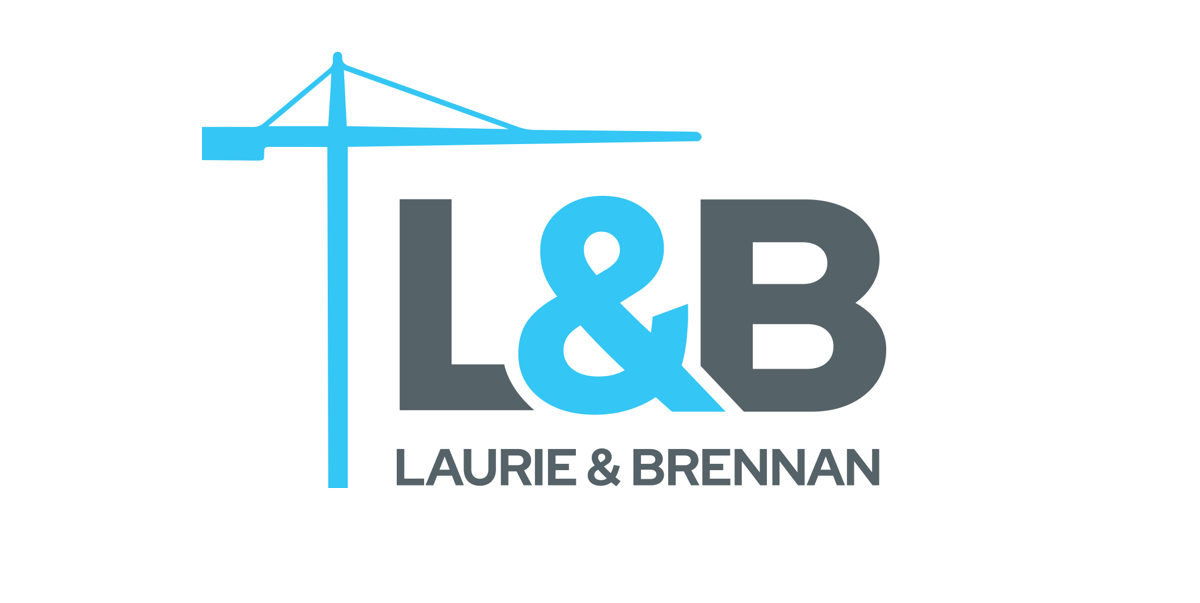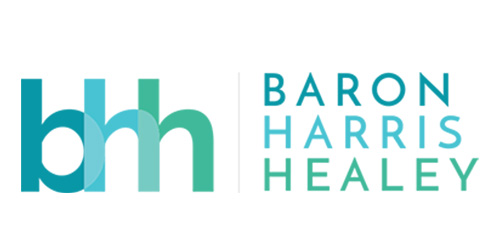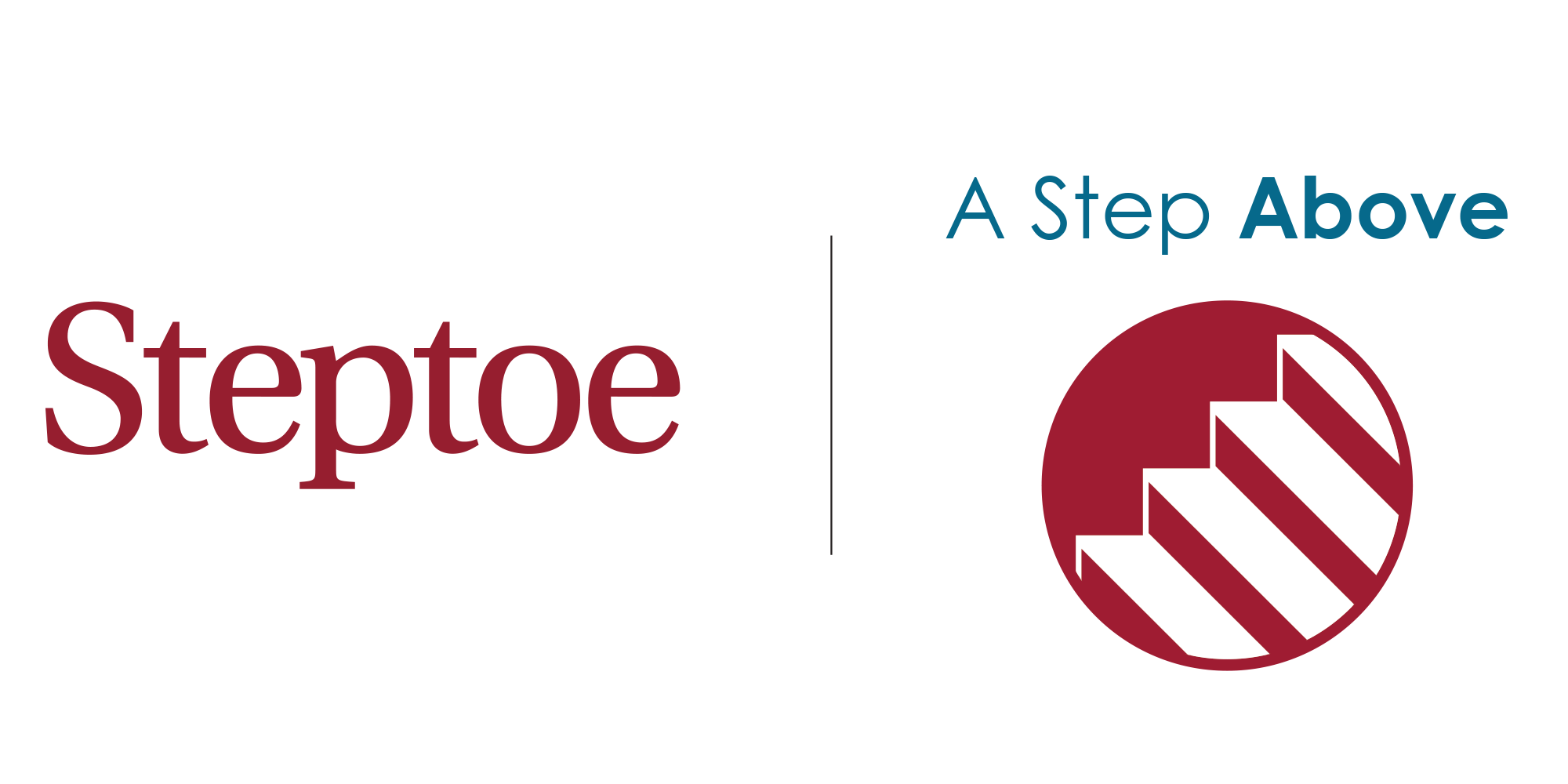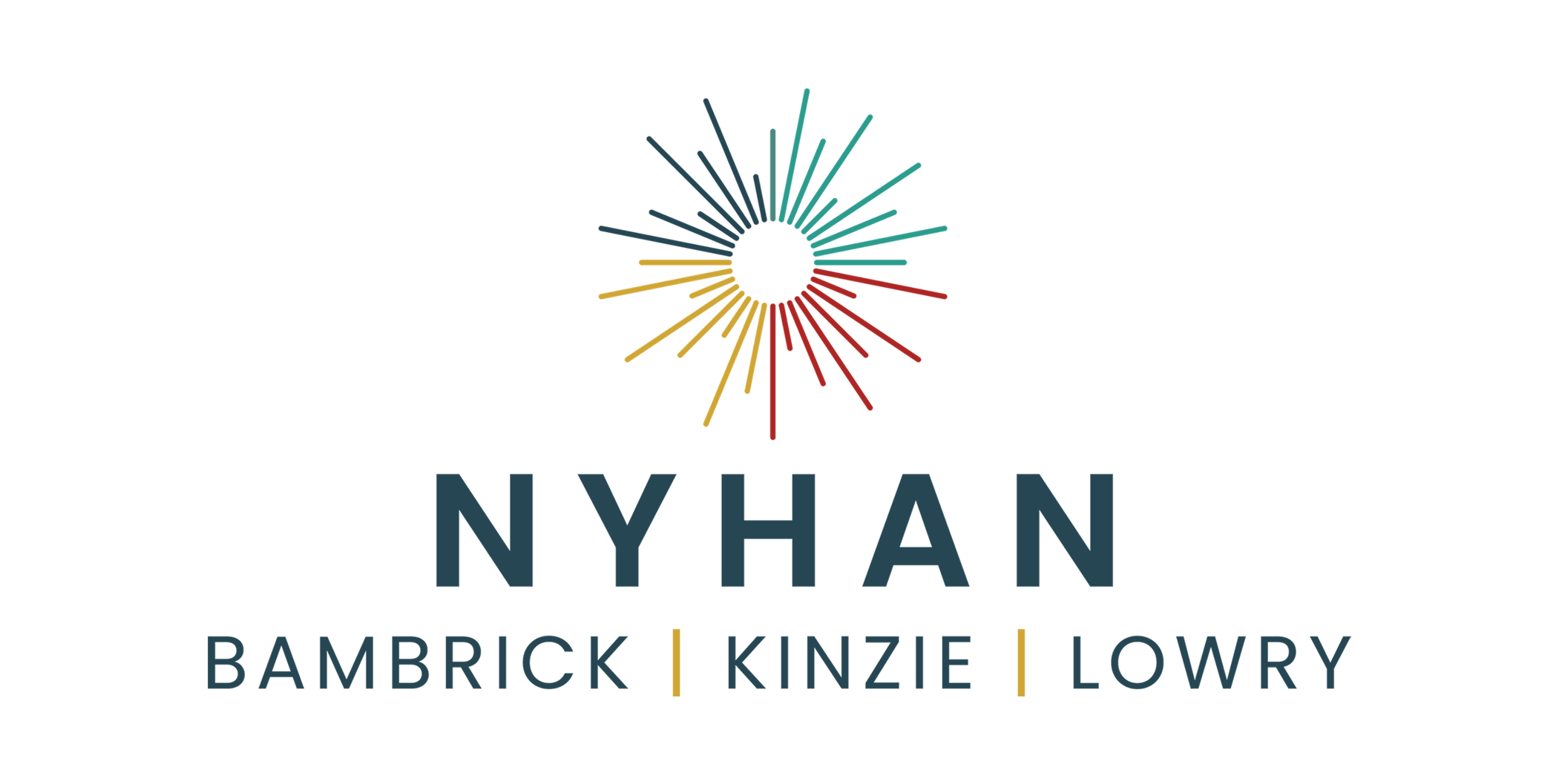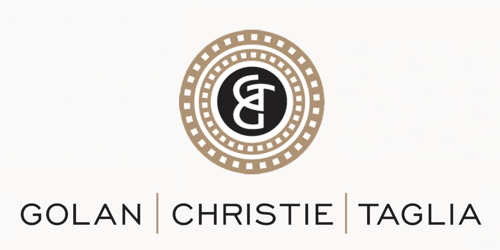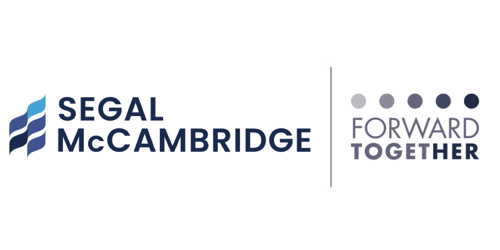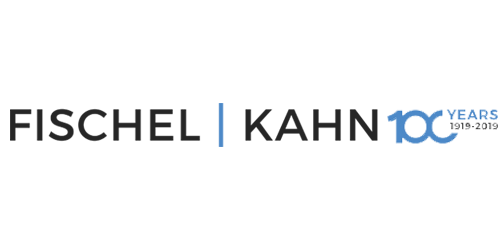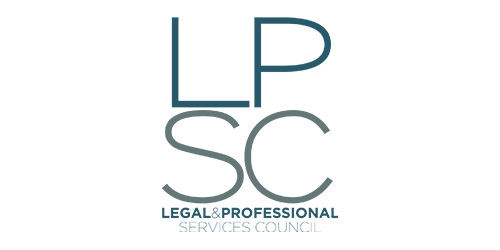Brand Building in 15 Minutes Recap: Tips for Meaningful Business Development Coaching
Builden Partners’ Marketing Operations Manager Devon Pine outlined business development coaching best practices for law firms in the latest Brand Building in 15 Minutes program.
In the 15-minute presentation, Devon offered insights and strategies for implementing a business development coaching model that not only engages attorneys and meets their individual goals, but also improves the retention of attorneys and firm clients.
Watch the full webinar here:
The Brand Building in 15 Minutes webinar series gives attorneys, marketers and legal administrators practical tips for efficiently executing marketing and business development efforts in a bite-sized timeframe. The program topics focus on process-driven best practices that help raise law firm profiles.
Builden is changing the way law firms think about marketing by turning random acts of marketing into strategies that drive business development. Our seasoned team of legal marketers help firms of all sizes better engage with clients, prospects and talent.
Enjoy insights and best practices for law firm marketing? Sign up for our newsletter here.

